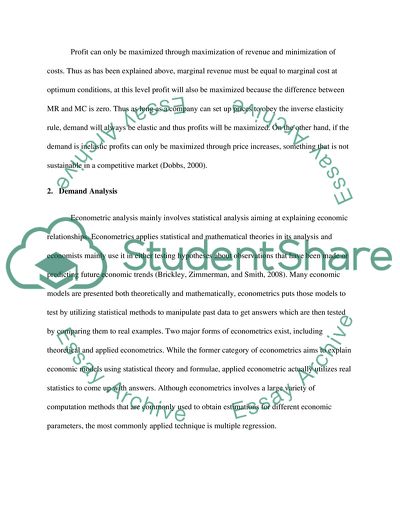Cite this document
(Managerial economics and organisational architecture Essay, n.d.)
Managerial economics and organisational architecture Essay. https://studentshare.org/macro-microeconomics/1828344-managerial-economics-and-organisational-architecture
Managerial economics and organisational architecture Essay. https://studentshare.org/macro-microeconomics/1828344-managerial-economics-and-organisational-architecture
(Managerial Economics and Organisational Architecture Essay)
Managerial Economics and Organisational Architecture Essay. https://studentshare.org/macro-microeconomics/1828344-managerial-economics-and-organisational-architecture.
Managerial Economics and Organisational Architecture Essay. https://studentshare.org/macro-microeconomics/1828344-managerial-economics-and-organisational-architecture.
“Managerial Economics and Organisational Architecture Essay”. https://studentshare.org/macro-microeconomics/1828344-managerial-economics-and-organisational-architecture.


